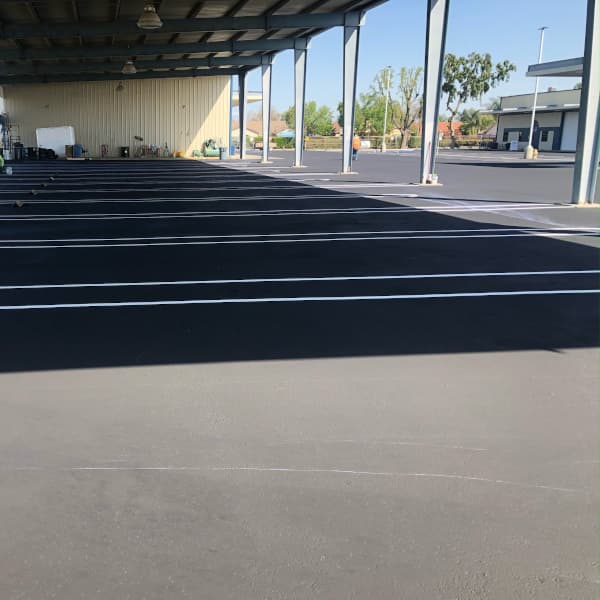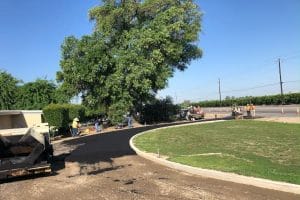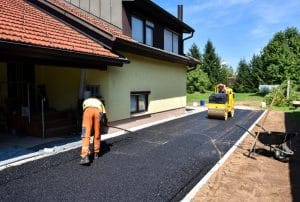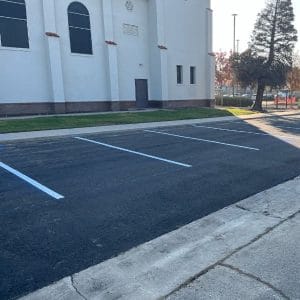
It isn’t easy to visualize life without asphalt. It covers your parking lot, roads, and airport runways. Asphalt enables vehicles to drive on a smooth surface and provides excellent protection against ice, snow, and rain.
The National Asphalt Pavement Association estimates that at least 796,000 miles of roads and more than ninety percent of all parking lots in the United States are paved with asphalt. More than 350 million tons of asphalt are also produced each year.
As common as asphalt, it has a slight disadvantage as it’s prone to wear and tear. Ice, snow, debris, and rain can wear an asphalt road or parking lot prematurely. The damage begins as small cracks, and as time goes by, they become major potholes.
Seal coating is a maintenance process that could help extend the life of asphalt, offering safer roads and parking lots. This post will dig deeper into what is sealcoating and its potential benefits.
Introducing Sealcoating
Sealcoating is applying a layer of emulsified, asphalt-based material to the surface to protect and moisturize the original asphalt from deterioration and weather. Sealcoating is often sprayed as a liquid into the asphalt surface, offering a dark finish similar to a blacktop.
Weather conditions like sand, salt, ice, rain, and constant traffic deteriorate the binding agent in the asphalt, which results in cracking and aging to the surface. That normally occurs within the first three to five years of the asphalt’s lifespan.
Sealcoating offers an added layer of protection against those elements before cracking and bigger problems occur. When used as a part of a preventative maintenance program, it can easily extend the life of a parking lot.
How Does Sealcoating Keep Your Asphalt?
After the sealant is put on, the oil inside it leaks through the current asphalt. It refills the oil on the original surface and lubricates the binder holding the asphalt together. Keeping the asphalt flexible is essential. It should expand in heat and contract in cold weather.
Without sufficient oil, the asphalt dries out and becomes brittle. Eventually, cracks develop, and further damage will follow.
Driveway sealcoating stops that damage, and the small pieces of material in it serve as a filler for tiny cracks inside the pavement. Also, it fills those cracks with fresh material more efficiently, sealing out toxic chemicals and water. In other words, sealcoating offers pavement surfaces more uniformity, eliminating uneven wear.
How to Know if Your Driveway Needs Sealcoating
Asphalt driveways can benefit from driveway sealcoating for 6 months to a year once the asphalt is put on. Also, new asphalt driveway surfaces must not be treated any before than 6 months.
Sealcoating protects for about 3 years if the driveway is in great state and free from damages like big holes. Are you uncertain how long has it been since the asphalt was treated? It is better to be cautious and sealcoat.
Remember that sealcoating works perfectly on surfaces which are still in great condition. It’s a maintenance step than a general repair. Is your driveway already having substantial wear, water damage, or visible cracking? It is too late to take a preventative measure like sealcoating. As an alternative, you must repair the driveway and seal the fresh asphalt at a suitable time.
If you need help with asphalt paving, parking lot striping, and parking lot sealcoating, Creative Asphalt got you covered. Call us today at 559-638-3373 to get started!



